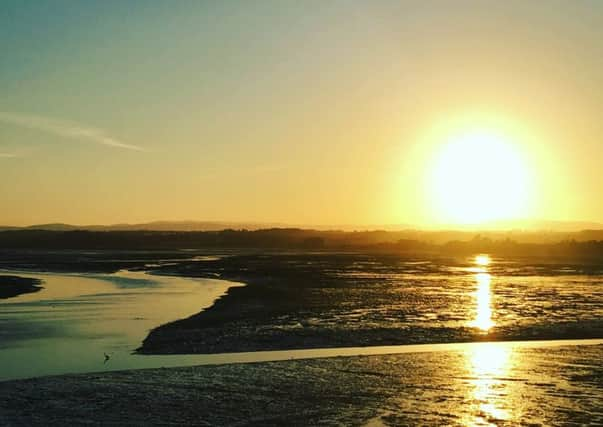The tsunami that battered Scotland 8,000 years ago


Experts believe that the giant wave may have been travelling a speed of around 80mph as it struck land.
Known as the Storegga Slide, the tsunami may have been triggered by a serious earthquake that caused part of the coastal shelf off Norway to collapse. An overload of sediment on the sea bed may also have been at play.
Advertisement
Hide AdThe Storegga Slide, which happened around 6,200BC, is still considered to be the largest mass movement event of its kind in the last 50,000 years.
It is this sediment that has been key to understanding the terrifying arrival of the sea over Scotland.
In 2000, Dr Sue Dawson of Dundee University found wild cherry stones in tsunami deposits, which indicated the tsunami happened sometime in autumn. Fish bones and green moss have also been recovered from the sands.
The Montrose Basin, a tidal basin in Angus, was among places hit by the wave with water said to have reached around 20 miles inland.
Tsunami deposits have also been found at Barnyards near Beauly in the Highlands, Waterside near Newburgh in Aberdeenshire and Easter Offerance in Stirlingshire.
The Shetland Islands suffered two smaller tsunamis one around 5000BC and one around 1500BC.
Advertisement
Hide AdArchaeologists have recently questioned whether mass burial sites on Orkney and Shetland were created for victims of tsunamis.
Earlier this month, Prof James Goff, from the University of New South Wales, suggested that tests should be carried out on human remains found in the burial chambers to determine whether they had died from drowning.
